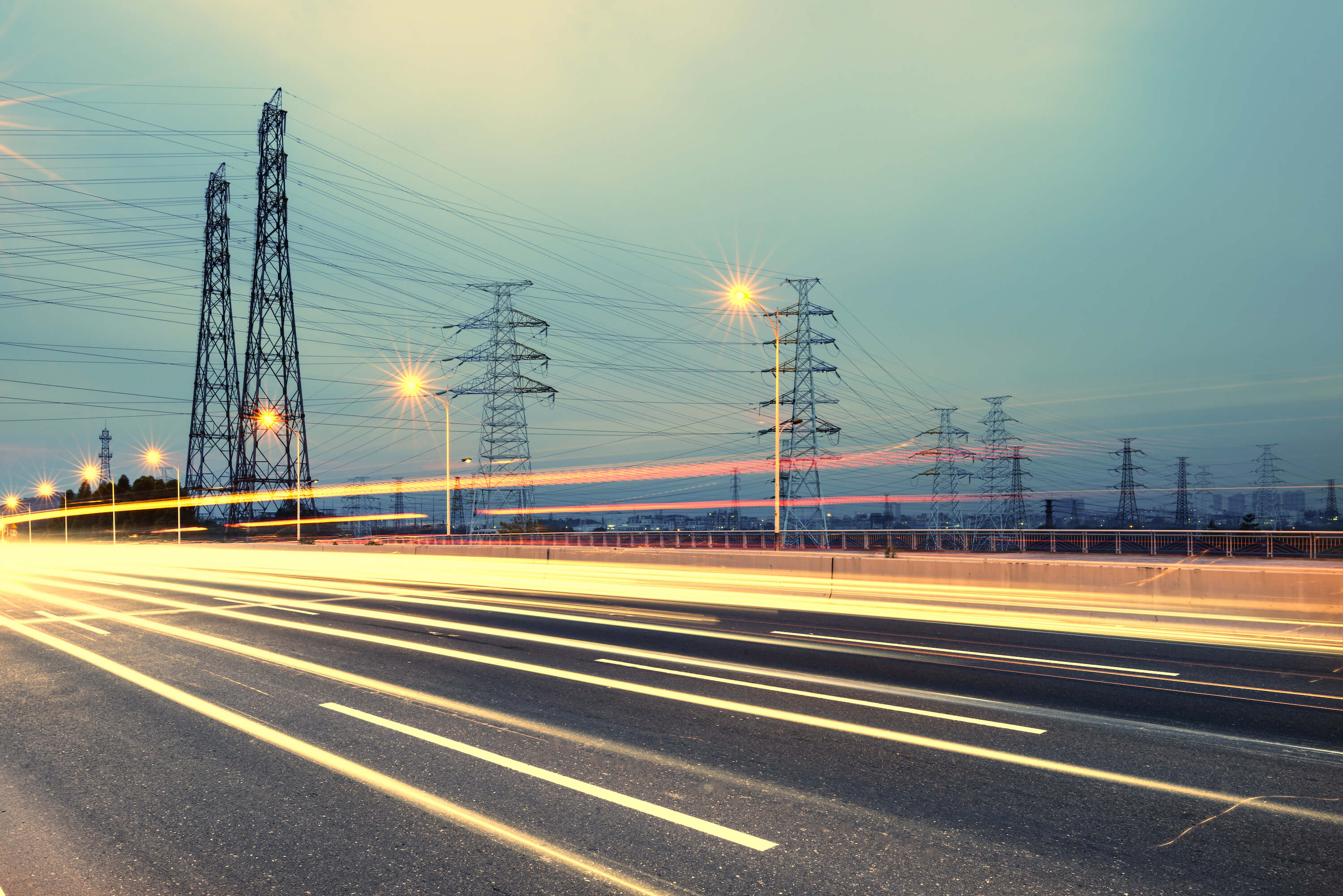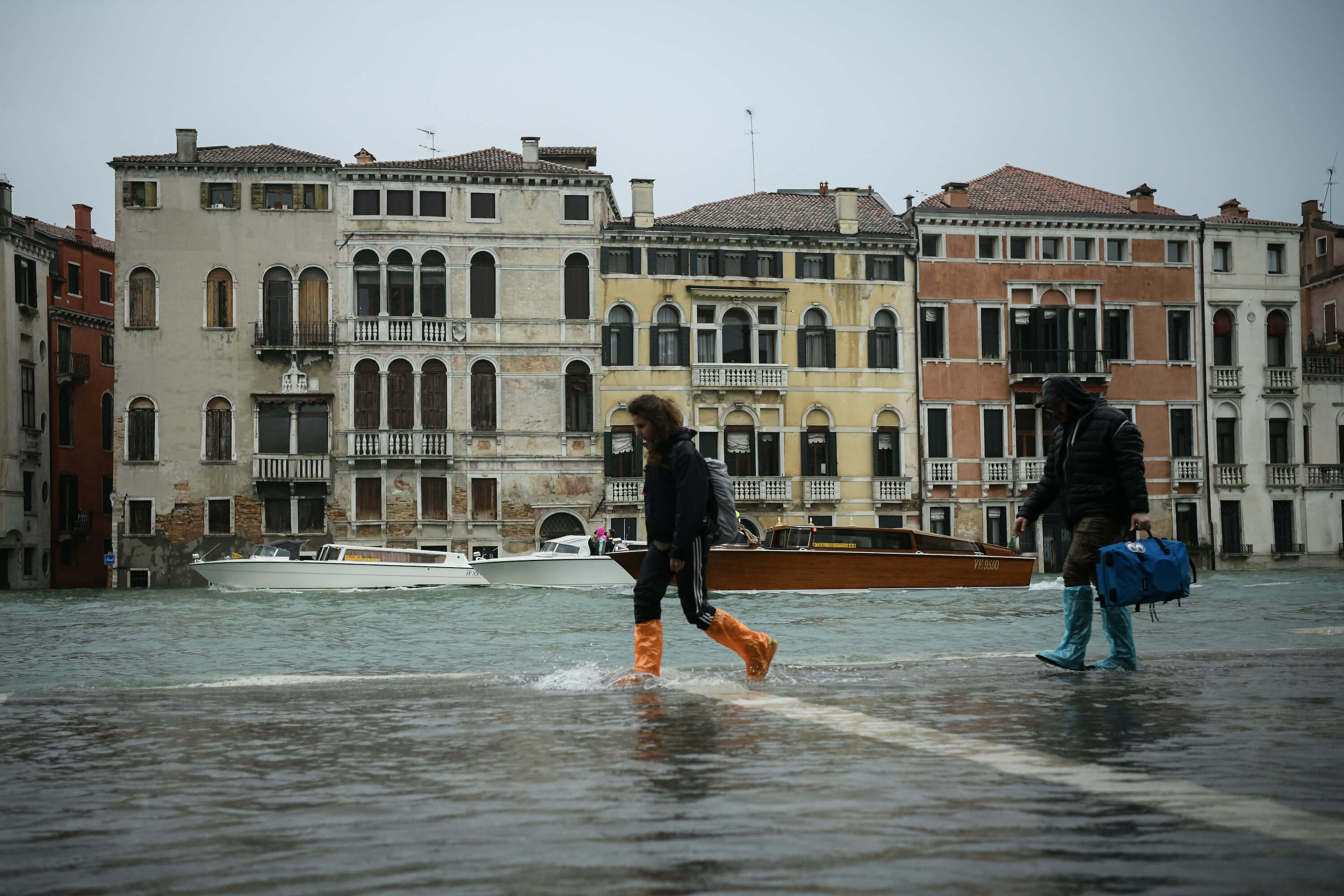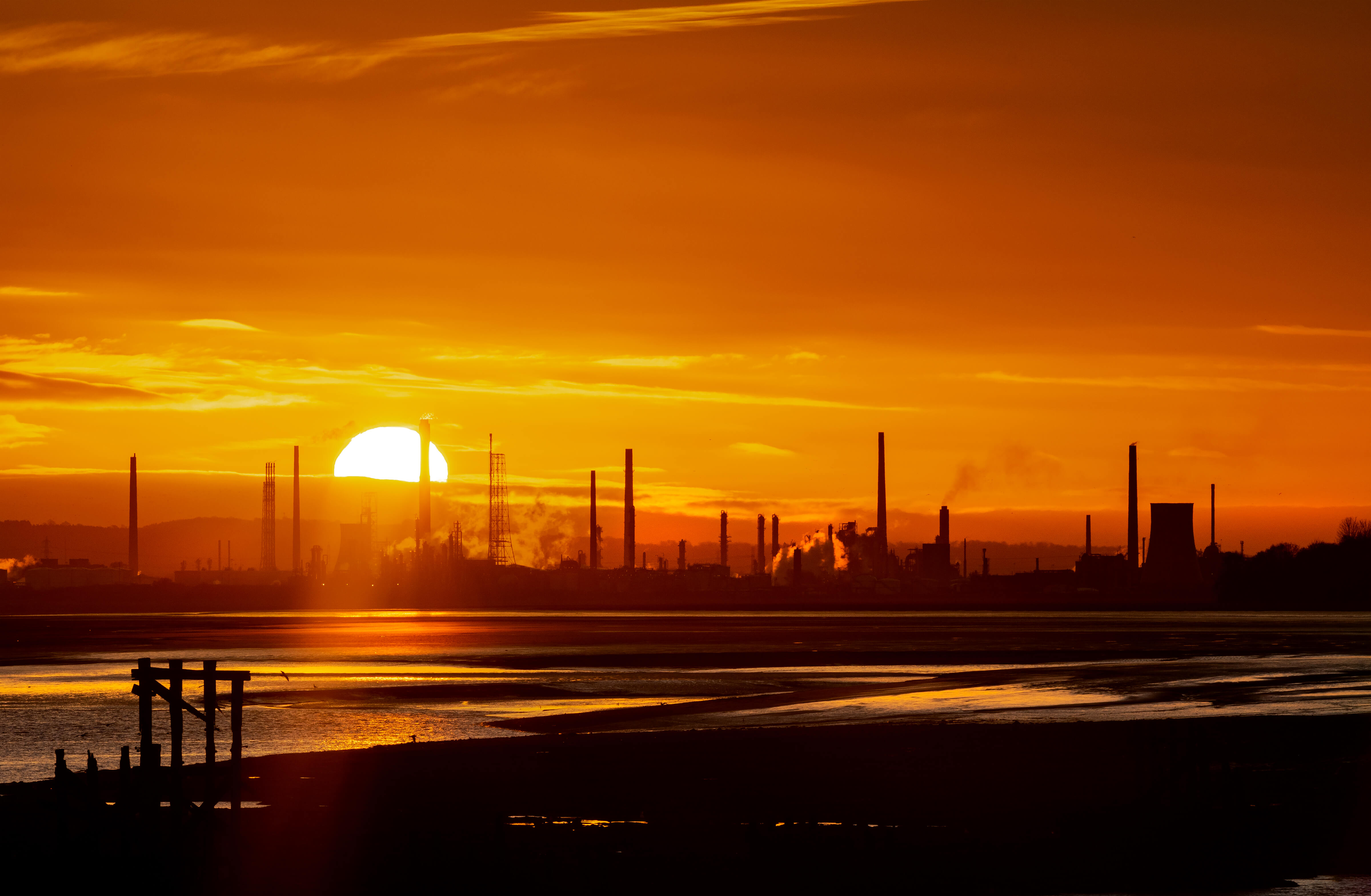Climate change will touch every economy and every person on the planet. That said, some will feel the impact before others.
The world’s largest insurance companies are already taking into account the effects of climate change-related extreme weather and are vocal about the price tag. According to Swiss Re, the second-largest reinsurance company in the world, natural disasters linked to climate change triggered economic losses of $155 billion in 2018 and contributed to the fourth-highest insurance payout ever: $76 billion. They are also quick to point out that these figures represent the cost of climate change in its relative nascency – it’s only the beginning.
A United Nations Development Programme report suggests that hotter temperatures, higher seas and atmospheric disruption could diminish the global GDP by as much as US$33 trillion in 2050.
When it comes to climate change, emerging economies are the most at risk, but even the world’s wealthiest countries could see a reversal of their GDP growth. The potential reduction in macroeconomic output from Japan, Germany and the USA will trickle down globally, hastening economic contraction and reducing global spending on infrastructure, food production and energy. According to the Intergovernmental Panel on Climate Change, even if the efforts of the Paris Agreement (which seeks to limit global warming to 1.5°C above preindustrial levels) are successful, some industries will remain more vulnerable to the repercussions of climate change than others.
However, climate change outcomes are not categorically adverse in individual cases – even if they are predominantly so, broadly speaking. Innovation in response to or in mitigation of climate change might be both constructive and lucrative.
Here are five industries that are already feeling the effects of climate change.

1. Insurance
The enormous payouts becoming commonplace for insurance companies are not just putting a strain on the industry – they are completely reshaping the business. Many companies have withdrawn from offering certain types of coverage altogether. A report from the non-profit, sustainability advocacy organisation Ceres highlights that even though annual losses from natural catastrophes have continued to increase, the portion that is actually insured has declined.
Not only does the insurance industry’s partial retreat leave consumers stranded in the face of climate change-related disasters, but it also presents a challenge for those companies that remain. Determining premiums that are already escalating to mitigate potential losses will become increasingly difficult. Some firms, like Lloyd’s of London, are investing resources and money in proactive, educational approaches as part of a creative prevention strategy the industry is embracing. A new focus on risk management is perhaps the first of many ways the insurance industry will have to change in order to keep up with climate change.
Not only does the insurance industry’s partial retreat leave consumers stranded in the face of climate change-related disasters, but it also presents a challenge for those companies that remain.
2. Agriculture
Over 28 per cent of the world’s population depends on agriculture for their income. As the temperature increases and water becomes more scarce, those that rely on the land for their livelihoods will feel the pressure. Although warmer average temperatures can catalyse crop growth, they can also shorten seed maturity time, reducing overall yields. In growing areas more susceptible to the impact of climate change, the results might be even more dramatic. In China, wheat yields are projected to drop by 9.4 per cent by 2050 under aggressive climate change scenarios.
The implications of a relative decrease in food production will be far-reaching and particularly difficult for agriculturalists in regions already facing water shortages. Asia – which has 60 per cent of the world’s population but only 36 per cent of its obtainable water – and North Africa and the Middle East – which have less than 2 per cent of the planet’s available water but 6 per cent of world’s population – are more vulnerable because of this imbalance.
Like other industries, agriculture is responding with technologies such as smart irrigation systems, water recycling and even drones to identify needs more effectively. Whether or not the majority of the world’s farmers will ever have access to this technology remains to be seen.
Regardless, some farmers are innovating their own solutions to help stave off global warming. The Sousek family farm in the UK operates wholly without the use of fossil fuels. Instead, they rely on a combination of solar panels, wind turbines and a biogas digester for their needs. Not only have they reduced their carbon footprint by 119 per cent, but their organic farm also puts 150 tonnes of carbon dioxide back into the ground annually.
3. Power and Utilities
When confronted with the reality of climate change, few industries feel the pressure to economise and innovate as much as power and utilities. The potential for supply and service disruption due to extreme weather poses a real challenge for an industry that typically spreads its assets over large areas of landmass. Moreover, regulatory pressure to ensure a high level of stable service to their customers means the industry will need to adapt to manage climate-related risk.
Further regulation on fossil fuel usage, which is likely to increase in conjunction with Earth’s rising temperature, will necessitate sizeable investment in renewable technology. Not only will accommodating these changes mean upgrading and retrofitting infrastructure, but it will also require a fundamental rethink. In the industrialised world, the power and utilities industry might have to invent an entirely new model to meet the demands of consumers and regulators alike.
So far, the industry has responded well to climate change-related requirements. In the UK, power utilities switching from coal to gas accounted for an 86 per cent decrease in coal use between 1990 and 2016, with a 62 per cent decrease from 2015 to 2016 alone. Additionally, 24.5 per cent of the UK’s electricity supply mix came from renewables in 2016.
In Canada, family-owned Bähler Biogas is trying to address industrial waste at the same time as offering alternative power sources. Specialising in anaerobic digestion systems that convert biomass waste into renewable energy, the company hopes to help increase Canada’s power generation through biomass above its current level of just 1.9%.

4. Travel and Tourism
One of the world’s largest industries, travel and tourism contributes $8.3 trillion to the world’s GDP – or 10.4 per cent – through direct, indirect and induced activities. One in every ten jobs is in travel and tourism, and some nations rely on the industry for most of their revenue.
Climate change threatens the appeal and even safety of some of the world’s foremost tourist destinations. From the bleaching and damage to coral reefs in the Philippines and the Maldives to a reduction in snow cover on ski hills, the changing climate will inform where we decide to take holidays. Even more dramatically, climate change might see some vacation spots cease to exist altogether.
Not only are rising seas and erosion likely to reduce the footprint of coveted beaches and coastlines, but destination islands might disappear under the waves entirely.
Challenges in accessibility are predicted to compound these effects. Extreme weather wreaks havoc on the supply chain that the travel and tourism industry relies on. For example, damage to airports, roads and bridges is especially detrimental.
Moreover, tourism itself is responsible for 5 per cent of the greenhouse gasses linked to climate change, and when accommodation is included, that figure jumps to 25 per cent. Even if other climate change-related factors don’t impact travel and tourism as expected, industry initiatives to limit contributions to greenhouse gas emissions will require precipitous change. Some travel companies, like family-owned LivItaly Tours, however, are taking change into their own hands by encouraging their clientele to reduce their carbon footprint and offering eco-sustainable tourism that respects and supports that country’s treasures.
tourism itself is responsible for 5 per cent of the greenhouse gasses linked to climate change, and when accommodation is included, that figure jumps to 25 per cent. […] industry initiatives to limit contributions to greenhouse gas emissions will require precipitous change.
5. Automobile Manufacturing
Under immense pressure to address climate and, more specifically, the harmful emissions of the aged combustion engine, automobile manufacturing is a $3 trillion global industry that employs over 2.5 million people worldwide. While electric cars are already available as an environmental option, even more efficient, autonomous vehicles are predicted to disrupt the entire industry.
The result of this disruption is unknowable. Even in Germany, where the automotive industry is the backbone of the industrial sector and is responsible for one in five cars globally, some analysts say the modern automotive industry must cease altogether for climate change to be properly addressed.
Today, automobiles and trucks account for 12 per cent of all human-made greenhouse gas emissions. In larger, ground transportation-reliant countries such as the US, that proportion climbs to nearly 29 per cent.
The industry’s technical transformation will bring change, some of it positive in the form of innovation. Whether through technological advances or consumer behaviour in response to climate change, however, the industry is bracing for fewer vehicles on the road. Automobile manufacturer Volkswagen is taking a proactive approach. In 2019, the family-owned company announced its commitment to bring 75 electric and 60 hybrid vehicles to market by 2029.














